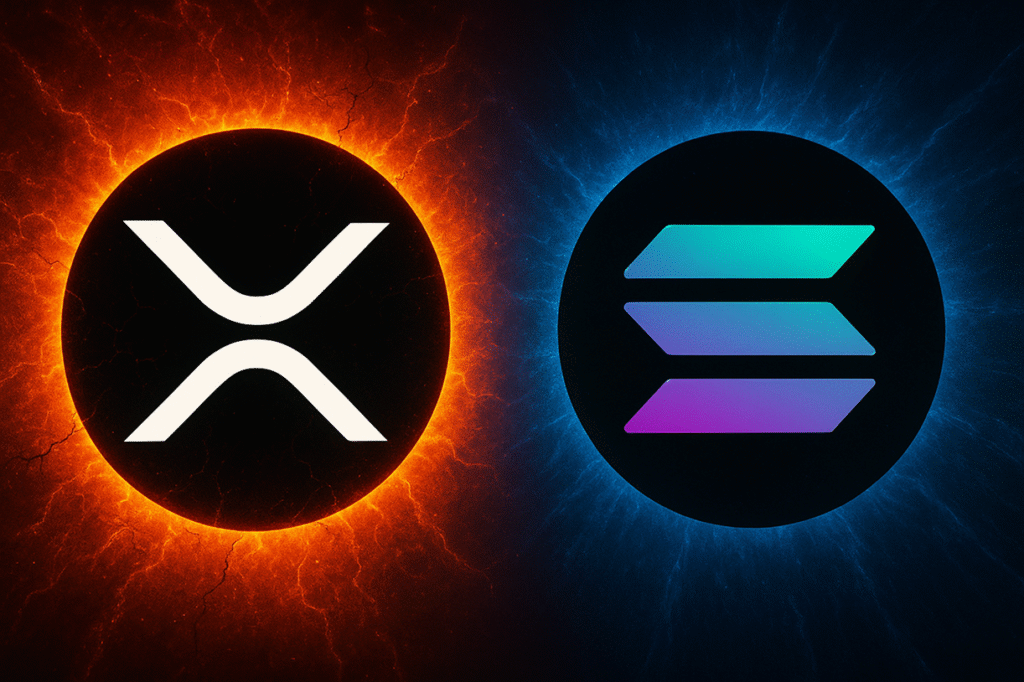In the ever-evolving world of digital finance, a significant development has captured the attention of both enthusiasts and experts. Western Union, a leader in money transfer solutions, has announced its strategic decision to harness the power of the Solana blockchain for its new digital asset initiative. This move, poised to transform how remittances operate globally, also highlights the growing intersection of traditional financial services and cutting-edge blockchain technology. As the world navigates this digital transition, understanding the implications and potential of such collaborations becomes crucial.
Western Union’s Bold Step: Embracing Solana for Digital Transformation
Western Union, a globally recognized figure in the money transfer industry, has committed to adopting the Solana blockchain exclusively for its upcoming US Dollar Payment Token (USDPT) and a broader strategic initiative known as the “Digital Asset Network.” This innovative move, publicly announced via Solana’s official social media channels, has sparked intense debates and discussions within the cryptocurrency community, particularly between supporters of Solana and XRP.
The Strategic Vision Behind Western Union’s Initiative
The USDPT, which will be issued by Anchorage Digital Bank, aims to revolutionize cross-border transactions through a stable, dollar-backed digital currency. This ambitious project is part of Western Union’s comprehensive plan to modernize its infrastructure by integrating seamless, cost-effective, and fast financial services. Devin McGranahan, CEO of Western Union, articulated the initiative as a natural progression in the company’s long-standing history of leveraging technology to enhance money transfers globally.
Solana vs. XRP: A Clash of Crypto Titans
The decision to partner exclusively with Solana has led to a flurry of reactions, particularly from the XRP community. The debate touches on whether Solana’s high-throughput public chain can diminish the necessity of a decentralized bridge asset like XRP in retail remittance sectors. Despite the competitive exchanges, some industry experts highlight that stablecoins and XRP serve distinct functions within the blockchain ecosystem, suggesting that both can coexist without redundancy.
Community Perspectives on Western Union’s Strategy
While some community members view Western Union’s adoption of Solana as a groundbreaking development, others see it as a natural evolution within the broader context of digital asset integration. Critics argue that the focus on Solana might be overstated, given the broader trend towards stablecoin adoption and the unique functionalities of different blockchain technologies.
FAQs About Western Union’s Blockchain Integration
Why did Western Union choose Solana for its digital asset network?
Western Union selected Solana due to its high-speed blockchain capabilities, which align with the company’s goal of providing efficient, cost-effective transactions. Solana’s infrastructure supports rapid scaling, which is essential for global money transfer operations.
How does Solana’s blockchain technology benefit cross-border payments?
Solana’s blockchain offers low transaction fees and high throughput, making it ideal for the fast-paced requirements of international remittances. By integrating Solana, Western Union aims to reduce latency and enhance the user experience in cross-border transactions.
What are the implications of Western Union’s move for XRP?
The integration of Solana does not necessarily negate the role of XRP. Both serve different use cases in the blockchain ecosystem, with stablecoins like the USDPT focusing on price stability and XRP aiming for liquidity and bridging capabilities in decentralized finance.
When will Western Union’s USDPT be available to the public?
The rollout of the US Dollar Payment Token is expected to commence in 2026, as part of Western Union’s broader strategy to incorporate digital assets into its service offerings.
As Western Union embarks on this transformative journey, the financial landscape continues to evolve, prompting stakeholders to closely monitor the interplay of traditional finance with blockchain innovations. These advancements promise to redefine how money is moved, secured, and utilized worldwide, heralding a new era in digital finance.

